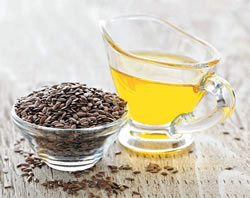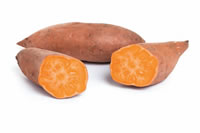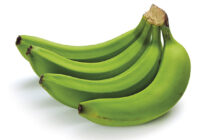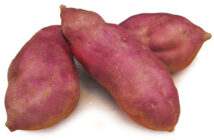
A growing awareness of organics, food origin and healthy choices is driving a move towards locally-produced goods, and today there is less focus on prolific production and more on quality, refinement and originality.
The tourist brochures will tell you it’s a “ fusion of unique, quality produce and ethnic influences that have allowed the Kiwi food identity to evolve.”
However you brand it, the new New Zealand eating experience is typified by the growing prevalence of indigenous foods on restaurant menus and traditional M?ori cuisine and ingredients.
Prior to the arrival of the Europeans, Maori food or kai was always based around the land.
Maori llived on birds and fish cooked with wild herbs and roots.
New Zealand chefs are increasingly using traditional Maori ingredients in their menus to create contemporary Kiwi cuisine.
Here is a description of the more popular ingredients provided by the New zealand Tourist Board:
Flaxseed oil
Cold pressed flaxseed oil made from the native New Zealand flax is an unrefined oil, nothing is added or removed. Flaxseed oil is a vegetarian source of Omega 3 and six essential fatty acids, Omega 9 antioxidants and vitamins.
Horopito
Horopito, often referred to as the New Zealand pepper tree, can be used to replace conventional pepper in cooked dishes. There are three varieties of horopito. Horopito leaves are green with red speckles.The spicy citrus flavour has a sweet apple fragrance.
Kawakawa
Kawakawa trees are mostly found in coastal areas of New Zealand in damp bush. The heart shaped leaves are dried, ground and then used to season, adding a rich ripened forest aroma with a light minted flavour.
Korengo
Korengo is seaweed which is either used in its raw state, or dried and used to season various dishes.
Koura
Koura are fresh water crayfish closer in size to a king prawn than lobster.
Kowhitiwhiti / watercress
Kowhitiwhiti or watercress grows on the edge of fresh water rivers and creeks around New Zealand. Eaten raw or cooked, it has a mild mustard flavour and is used as an alternative to puha.

Kumara originated in the Pacific Islands, and arrived in New Zealand with early Maori settlers over 1000 years ago. Known elsewhere as sweet potato, New Zealand kumara grows in the semi-tropical regions of the North Island. It is available in red, gold or orange varieties.
Manuka
Manuka was named ‘tea tree’ by Captain James Cook and English botanist Joseph Banks when they found it in Mercury Bay in 1769. Manuka wood chips can be used to add flavour when smoking food, but it is best known as the source of manuka honey which is used to produce a growing list of products with outstanding medicinal and antiseptic properties.
Pikopiko fern tips
Most of the wild fern varieties that grow in damp shady areas of New Zealand’s native bush are carcinogenic – of 312 different varieties, only seven varieties are edible. The edible fern fronds, known as bush asparagus, are pale green with brown speckles. Picked before the leaves unfold, the fronds add a unique ‘forest’ flavour to dishes.
Puha
Puha, also known as sow thistle, is a green-dark green plant often found growing as a weed. The stem contains a milky coloured sap. Eaten raw, the stem and leaves have a bitter taste. Cooking does not remove the bitterness but it can be reduced by rubbing the puha plants together (vigorously) under running water. Puha is traditionally served cooked with pork.
Contemporary New Zealand chefs like Peter Gordon have taken New Zealand food to a new level by creating fusion cuisine – combining the best local ingredients with a new approach to cooking that is heavily influenced by Pacific Rim culture.
New Zealand’s gastronomic reputation and fusion cuisine are now synonymous, and many Kiwi chefs’ innovative ideas have been exported throughout the world.
There are also a number of food icons recognised the world over – Zespri Gold kiwifruit and tamarillos; green lipped mussels, paua and orange roughey fish are hot seafood favourites.
Hokey pokey ice-cream, boysenberries and L&P are staples for New Zealanders that offer new taste sensations for visitors.
New Zealand’s annual Hokitika Wildfoods Festival, in the South Island, has become world renowned for odd but interesting Kiwi foods like sheep’s eyes, bug larvae, wild highland beef, curried hoki tikka, pesto ice-cream, possum pie and worm sushi.
Produced with additional material sourced from government sites including the New Zealand Tourist Board.




























































































